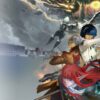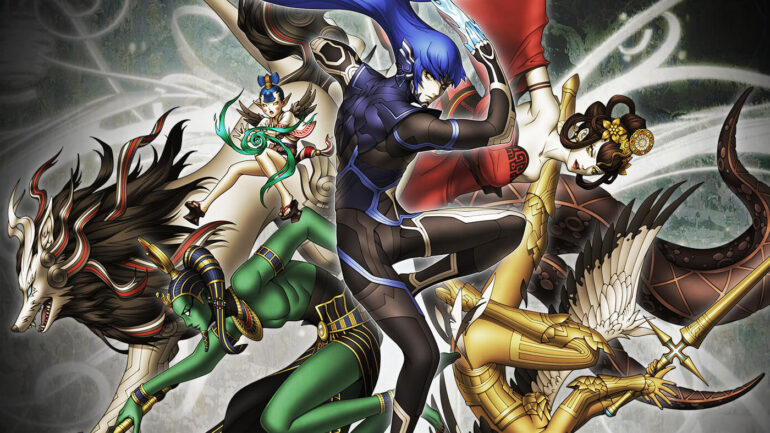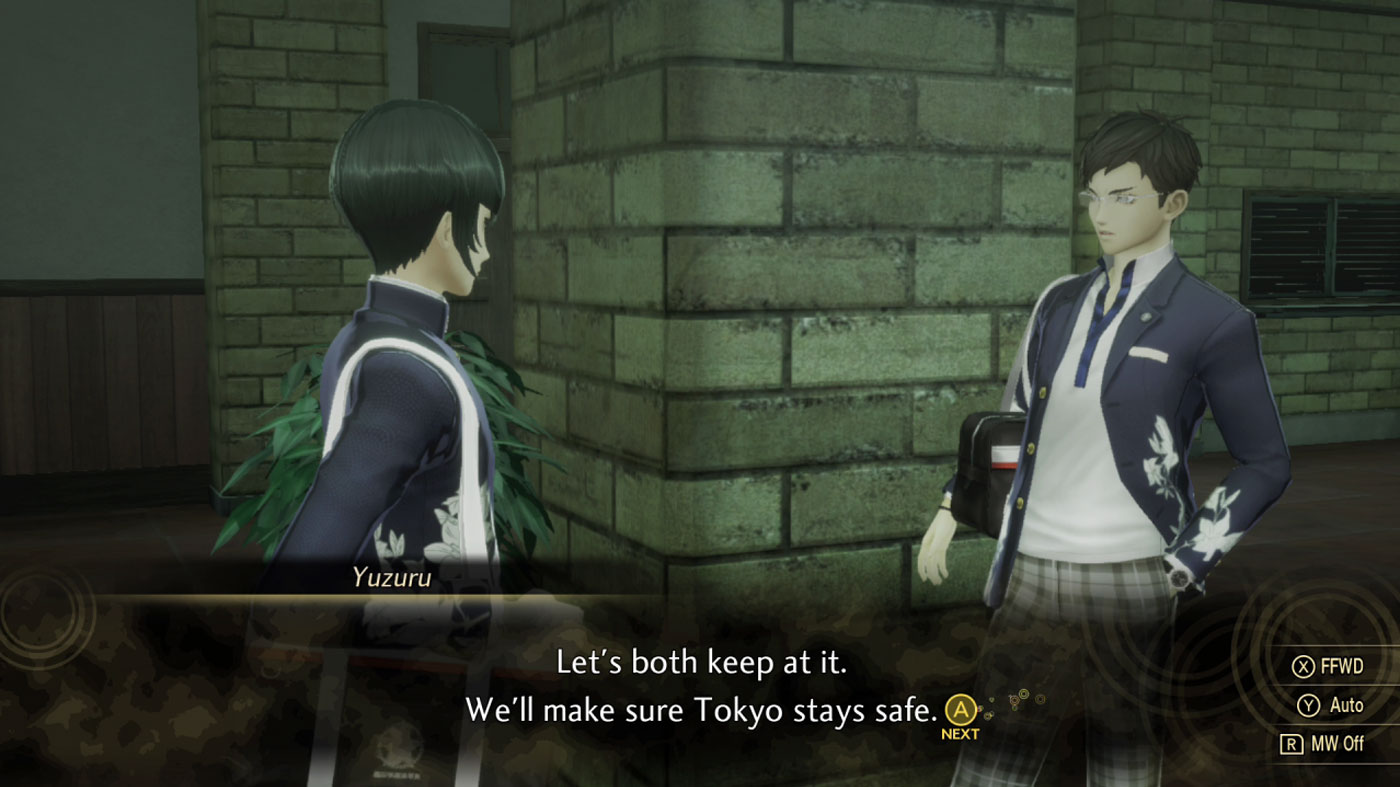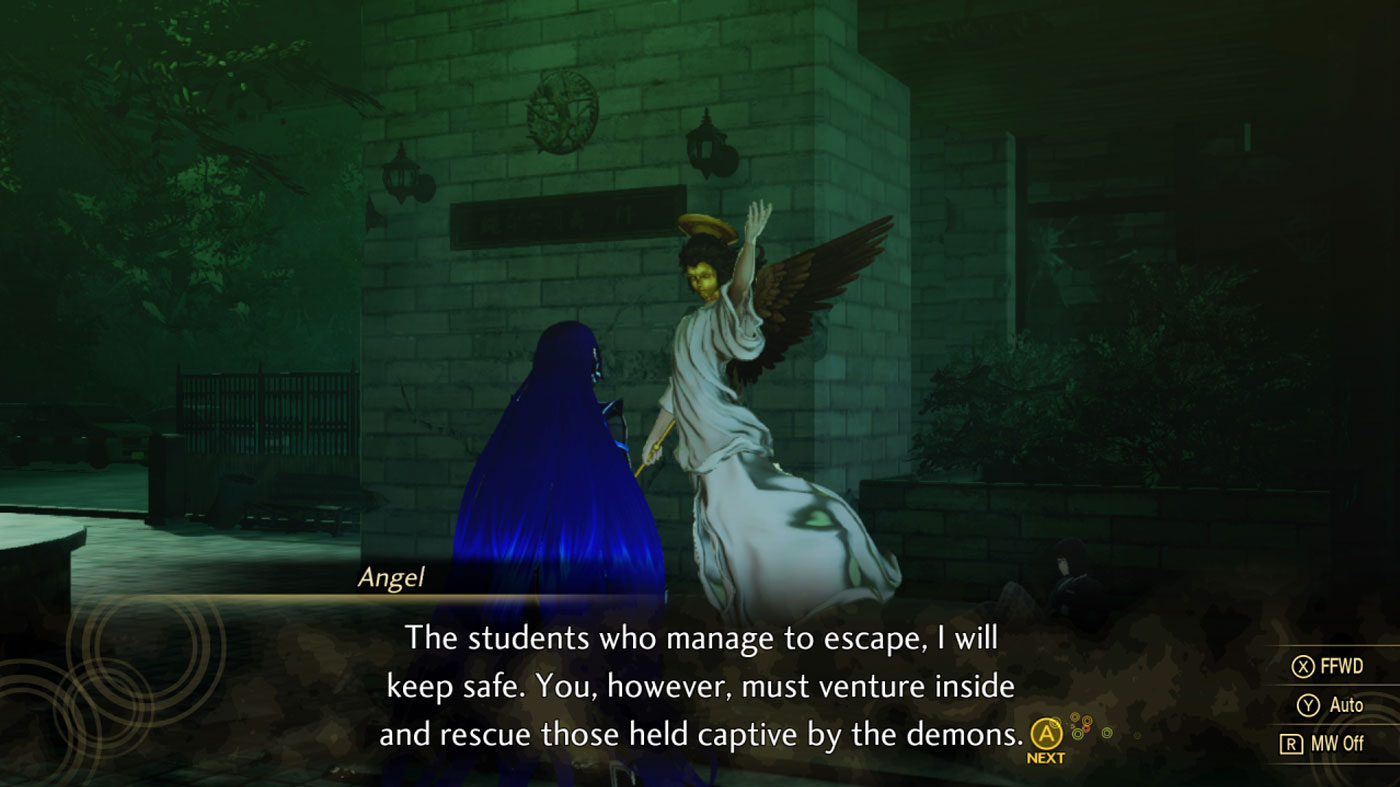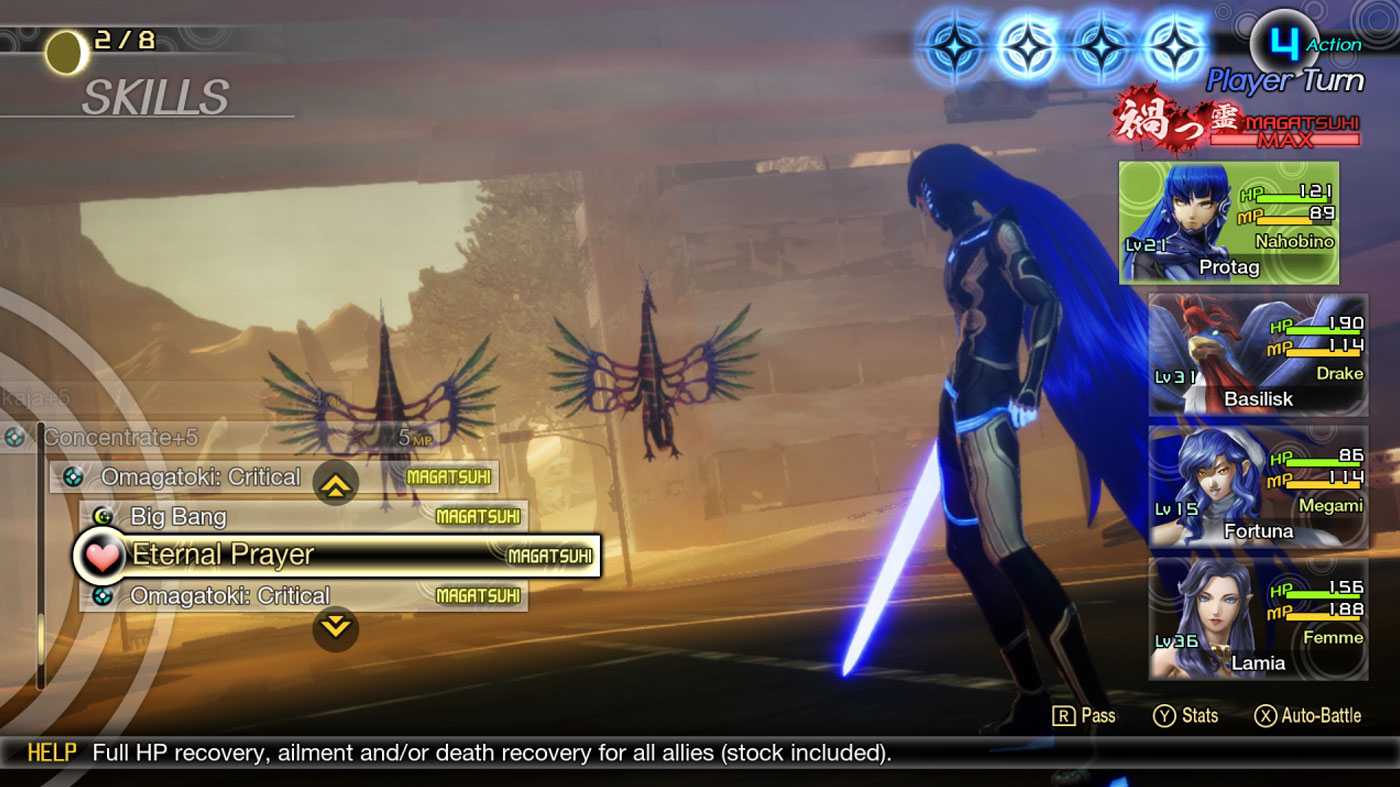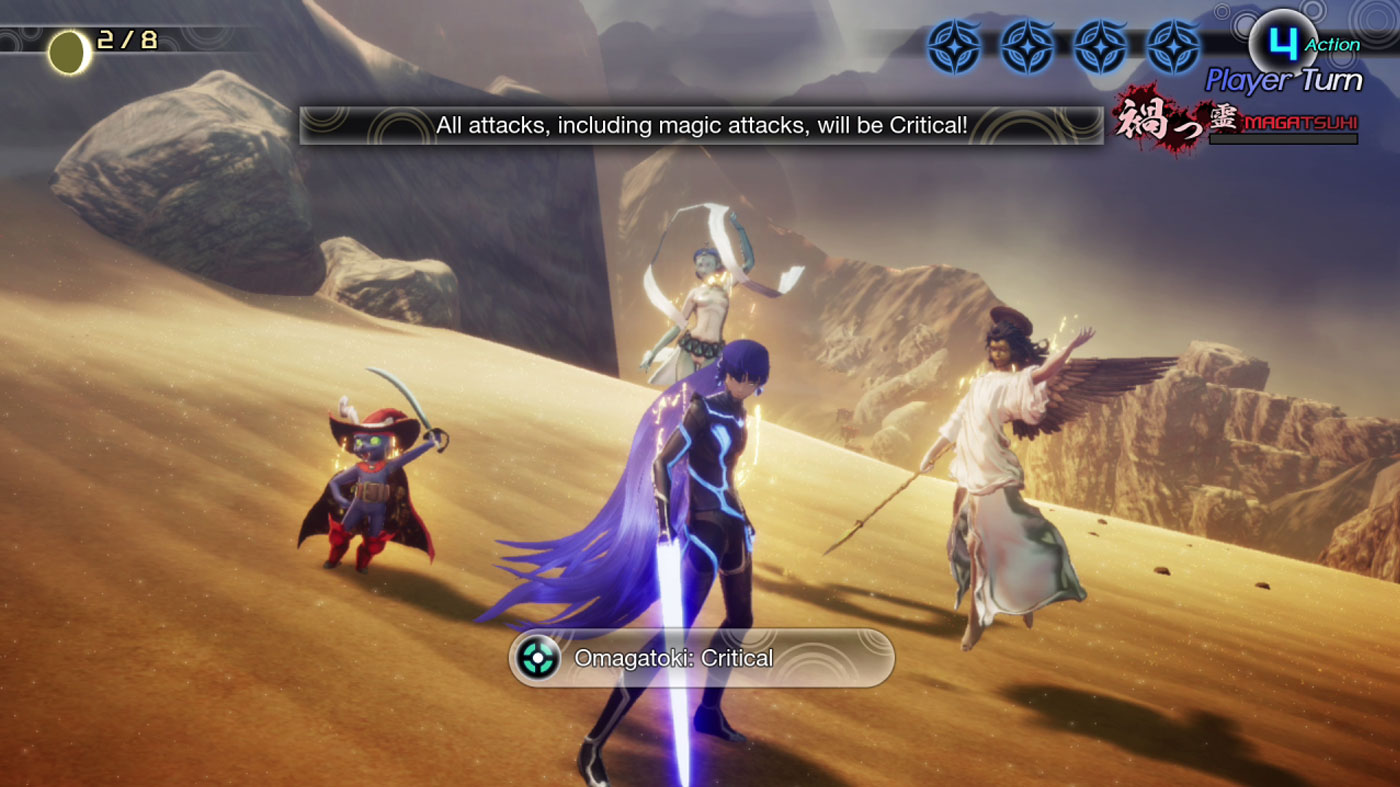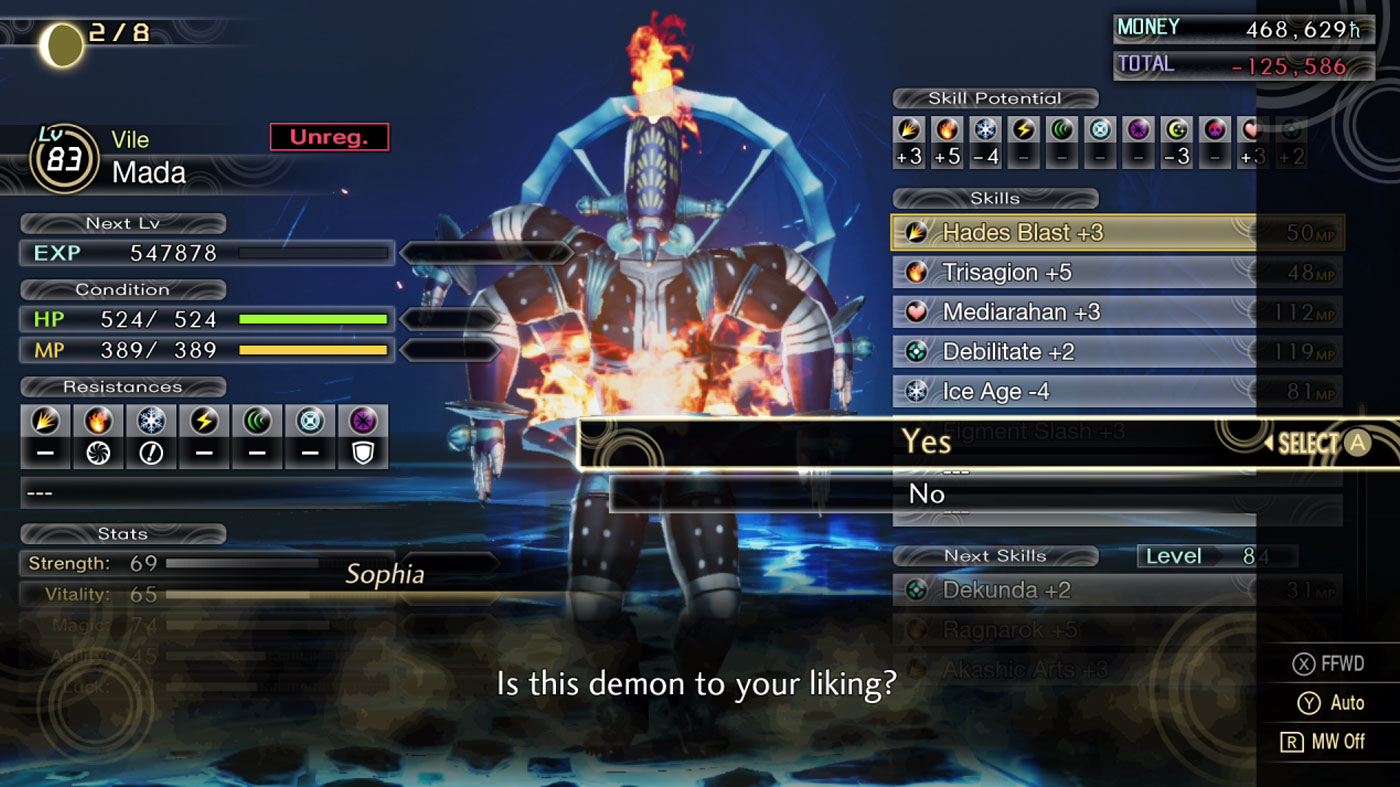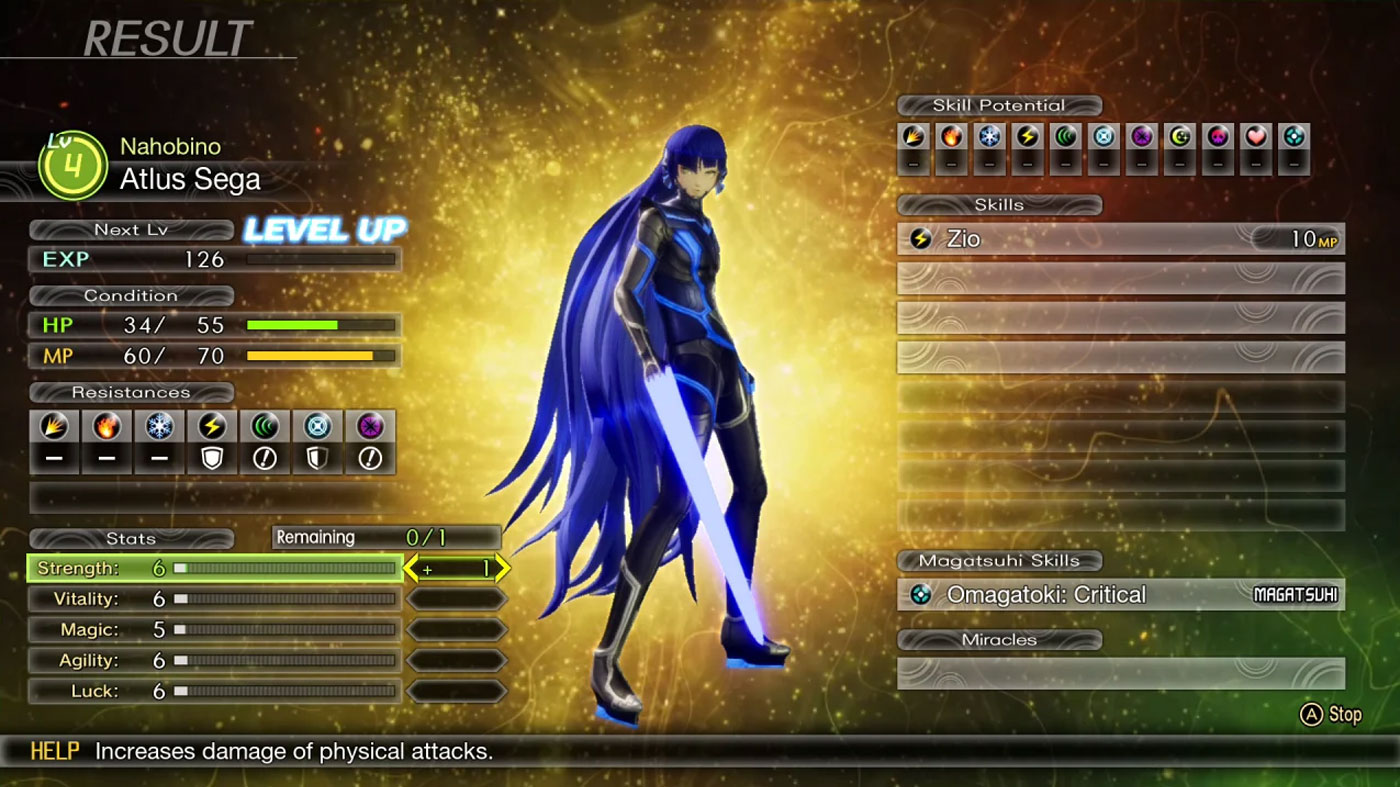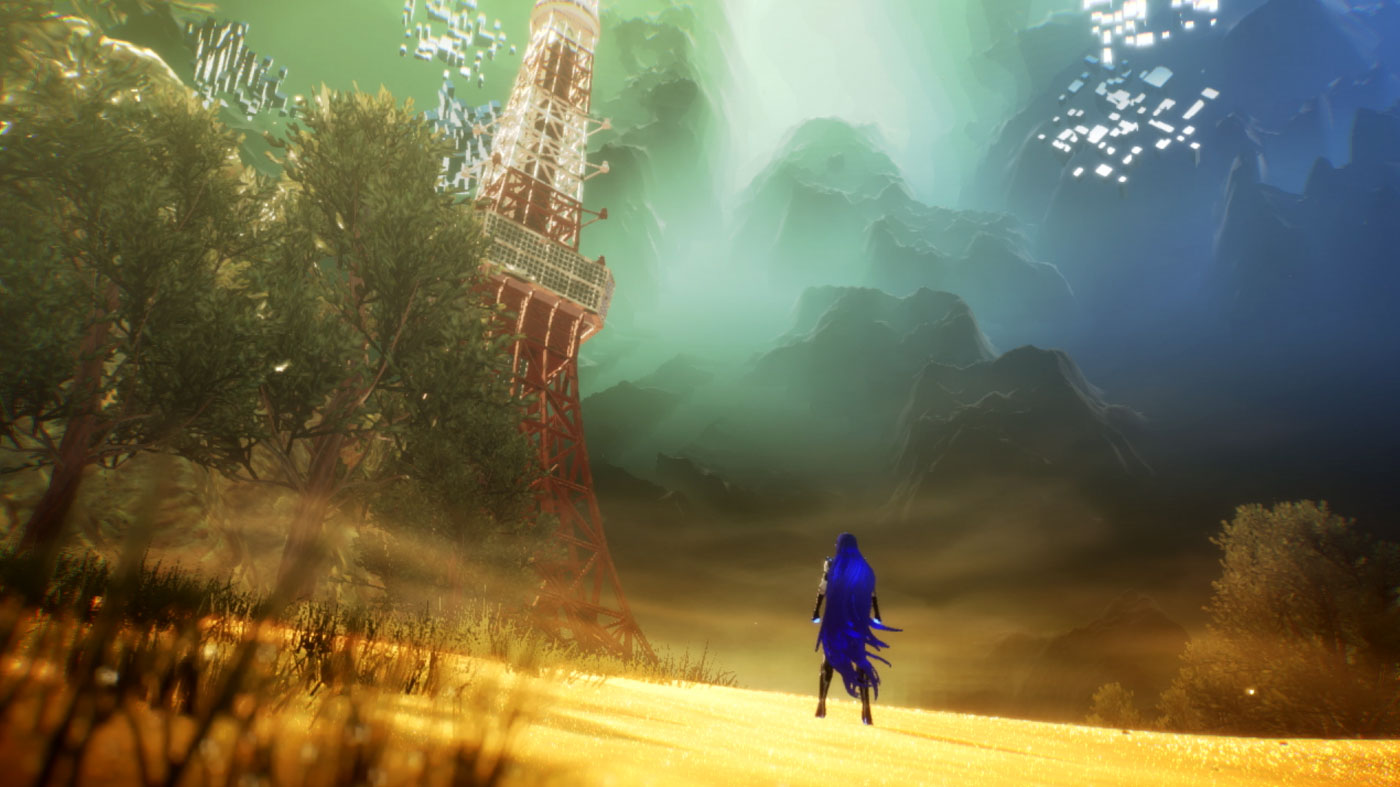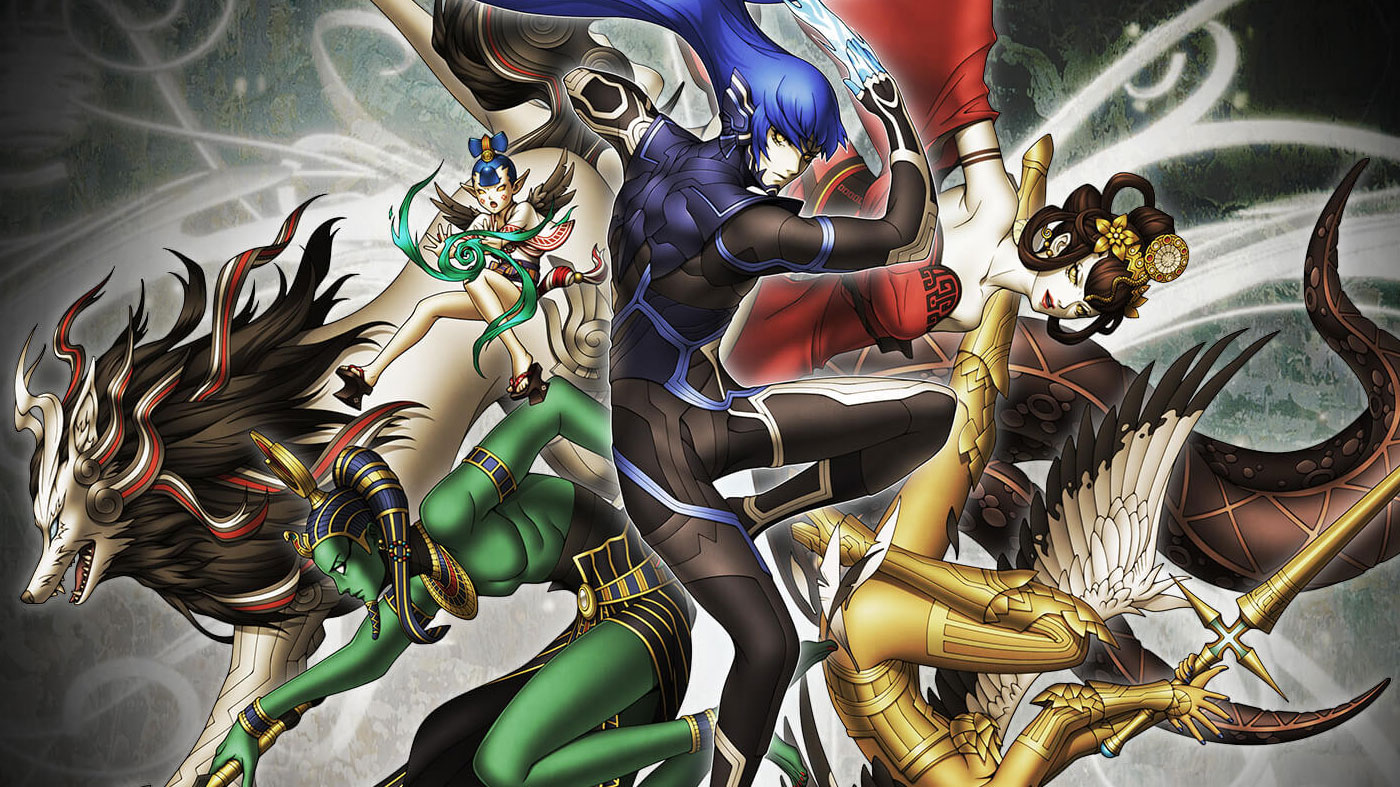Shin Megami Tensei V was one of the first games revealed for the Switch, and it felt like it was never coming. In that time, we’ve had a whole new Persona game, its revision, and a pseudo-sequel in Strikers. It felt like Atlus had forgotten about it. But now, four years on, Shin Megami Tensei V is finished, and it represents some of the best the series has to offer. It’s, of course, not without its issues, but it is one of the strongest RPGs both from Atlus and on the Switch.
Shin Megami Tensei V opens with a silent main character leaving a school they’ve recently transferred to. There have been strange happenings around the school, so you’re encouraged to walk home in groups to get home safely. Halfway home, you’re stuck in a tunnel and buried unconscious before waking up in a wasteland, a post-apocalyptic version of your homeland. Fast forward a few conversations, and you’re surrounded by demons, defeated in battle and revived by merging with a demonic entity to imbue yourself with godlike powers. So, standard Shin Megami Tensei fare.
Suppose you’ve played other games from Atlus, like Persona, or other RPGs on your Switch like Final Fantasy or Xenoblade Chronicles. In that case, you’re probably used to more straightforward and obvious narrative beats. If you’ve played a Shin Megami Tensei game before, even the remaster of the third from six months ago, you’ll know these games don’t play it anywhere near as simple.
Rooting its drama and intent in wide-reaching philosophical quandaries, Shin Megami Tensei V tries to come across as more relatable but still feels abstract. It gets even more ridiculous as you reach the conclusion too. Despite having multiple endings, it feels as linear (in terms of plot progression) as ever. But in short – the plot is edgy as hell and barely ever light-hearted – and stays true to the general vibe of the series thus far.
Shin Megami Tensei V feels like a typical RPG – it’s got you travelling from area to area, defeating enemies, and levelling up to learn new skills. Like I’ve alluded to previously, it also shares a lot of DNA with the Shin Megami Tensei games that came before it and the Persona games, which were spun off of this. Many of the abilities and demons you encounter will be familiar, offering a perfect opportunity to jump into Shin Megami Tensei if you’ve only played Persona up until this point.
I’ve often bemoaned the general lack of appreciation for turn-based games amongst newer audiences as being “slow.” Still, Shin Megami Tensei V keeps things interesting. Inheriting the Press-Turn system from the previous games, it’s a system that grants extra turns to participants who exploit specific weaknesses in battle. The twist is that it also takes them away if you miss or your attack is blocked. It’s simple, for sure, but it’s the simplicity that makes it so genius and a joy to indulge in.
This is twisted when you realise that your enemies are governed by the same rules too. If they exploit your specific weaknesses, they’ll crush you in a single turn just as quickly as you could with them. In so many RPGs, I’d often fall into the trap of just “brute forcing” my way through enemies with attacks that cause the most damage, but the opportunity to act twice in one turn is just too much to pass up.
Shin Megami Tensei V introduces a new system into the fold with the Magatsuhi Gauge, which can feel like a bit of a crutch to lean on for players who feel the challenge. The gauge can be filled outside of battle with collectibles or as each turn passes. Once filled, it allows yourself or your captured demons to cast a powerful skill that usually buffs the party. The first one you can cast makes all party members next action a critical hit, which works nicely with the aforementioned Press-Turn system to grant your entire party another action in each turn. It’s an excellent system that I’d often save for more intense battles. It doesn’t break the game by being available too often, either.
The emphasis on weaknesses in the battle system dovetails beautifully with the demon and essence system. Besides your player character, the entirety of your party in Shin Megami Tensei V comprises demons that you’ll collect, almost like Pokemon, rather than defeating them. Each demon has a specific personality that you’ll have to pander to in an attempt to join your cause. Some will ask for items, others will ask for a stat comparison, while some will join after just taking a beating.
While I do feel like the Shin Megami games suffer a bit by not having a strong supporting cast in your party, the subsequent lack of attachment to your demons means you’ll not be afraid to dump them for stronger ones as time goes by. I was encouraged to experiment with my party, and this is best done through the Fusion system. You can essentially combine two demons to create a more powerful one and dictate which skills will be inherited after doing so. It’s an addictive and satisfying system that I can never get enough of, even if it’s been the same in these games for so long. Similarly, the system is so robust that often I’d find myself fusing new demons to get through brutal battles rather than monotonously grinding like in other RPGs.
Your own player character can be improved through two different systems too. The Apotheosis system borrows a little bit from Shin Megami Tensei IV and sees you feeding yourself essences yielded from your own demons to teach yourself new abilities and spells. You can also collect Glory and exchange them for more passive skills. Such skills can reduce the cost of certain elemental attacks or even make it easier to negotiate with demons or fuse them.
But when you’re not battling, you’ll be exploring, and Shin Megami Tensei V does things a little bit better than its predecessors but only just. Some dungeons are nothing more than corridors filled with demons, while one felt more like a platformer than anything else. I hate to compare, but so many other RPGs have mastered the art of providing interesting dungeons to trawl, but Shin Megami Tensei V feels like it’s still lagging behind in that respect. Similarly, the oversimplified world map (which is more or less the “real world” version of Tokyo) is still the same type as Shin Megami Tensei III, a game made almost two decades ago. It is in dire need of a refresh.
All in all, though, Shin Megami Tensei V still feels like an earnest entry in the series. The series has had a stellar reputation for being one of the more challenging series in the genre, and V is no exception. That being said; however, there’s a whole bunch of quality-of-life improvements that make it a whole lot more accessible for newcomers. More frequent save points and a very generous fast-travel system more than often make up for any frustrating and unexpected deaths during battle. Still, there are three difficulty modes that you can choose between if you need to before embarking on Shin Megami Tensei V’s fifty-to-sixty-hour adventure.
From a presentation standpoint, there’s absolutely no question. This is the best-looking Shin Megami Tensei game thus far. Every one of the major locales you’ll explore is fantastically realised and every demon looks the best it ever has, perhaps even better than Persona in some respects. There are some obvious, almost expected issues we’ve come to expect from the Switch. Longer load times, some very obvious low-resolution shimmering, and framerate drops during more intense attack animations. But all in all, Shin Megami Tensei V is one great-looking game, artistically speaking. The soundtrack is similarly fantastic, filled with moody synths and guitars that I can never get enough of.
